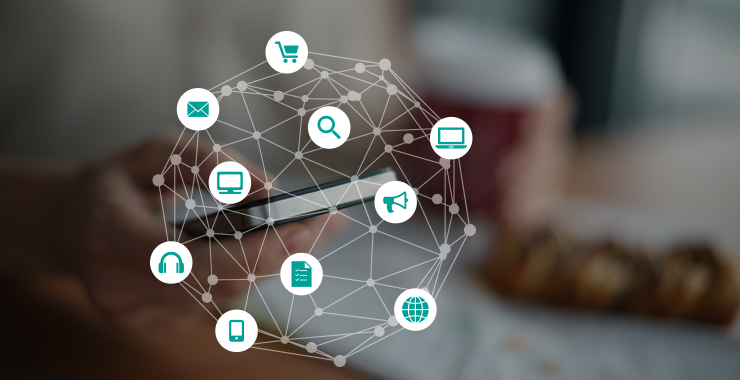Omnichannel vs. Multichannel – Pick the Right Strategy for Your Business
- by eSellerHub

Customers interact with their favorite brands whenever, wherever, however they find it convenient! Whether it’s to find information about the best electronic appliances or buying their favorite denim; customer looks for flexible options to execute their wishes.
The journey of purchasing the product is often routed through multiple channels and devices, from e-commerce websites to mobile apps, from desktops to smart phones, from online ecommerce brands to brick-and-mortar store and many more. Brands need to be ‘everywhere’ where their customers are and that has resulted into a debate of Omnichannel vs. Multichannel marketing strategies.
But, what do people exactly mean when they talk about Omnichannel vs. Multichannel strategy. Although they may sound much similar, but there is more than it. As per the name, Multichannel means many and Omnichannel means all. However, the core difference between them is the relation between the individual channels and the advantages that it provides to their customers.
The following comparison provides an overview between the two retail strategies:
What is Omnichannel Retailing?
Omnichannel means reaching the customers effortlessly across all the channels (offline/online) in their retail journey. Brands uses different channels in a way that it provides customers a simple, smooth and seamless experience across their journey, regardless of the channel they use. It provides relatively similar experience across the devices, ensures consistent brand image and provides familiarity to their customers.
For instance: The handbag you viewed from the browser on your laptop is the same one that you saw while using Facebook from mobile and a week later you are receiving the e-mail of the same handbag when the brand had a sale. The message is consistent across all channels and most importantly customized based on the past data and browsing behavior.
Starbucks
Starbuck reward apps provide Omnichannel experience to its customers.
- The customer gets free reward card, which can be used whenever they make any purchase.
- Unlike traditional customer loyalty program, Starbucks has made possible to check the points and reload the card via phone, website, in-store or any app.
- Changes in the card or your profile get updated across all the channels in real-time.
When the customer is standing in a queue and suddenly realize that they do not have enough balance, they can reload it easily. The cashier will know that it has been updated by the time you swipe the card.
What is Multichannel Retailing?
In Multichannel approach, the retailers approach their customers through multiple channels such as brick-and-mortar store, outlet store, catalogue, website etc. Each channel operates independently to others, consistency of message across channels is not maintained
Multichannel strategy is a relatively quick way to exploit new channels but not good for long-term strategies. Also, customers do get multiple options to shop from but they do not get fully personalized experience. Multichannel requires a greater understanding of where your customers are in their buying journey and needs insights into the customer’s journey to make sure that your marketing strategies are in tune with their needs.
For instance: Products purchased online may have a different price than brick-and-mortar store while the promo-codes from the email or online deals may not be used at brick-and-mortar stores. This is can have an adverse impact on customer buying experience.
Omnichannel vs. Multichannel
| Omnichannel | Multichannel |
| Focuses on meeting customer’s need on various digital touch points. | Focuses on spreading brand’s message as quickly as possible |
| Consistent experience regardless of channel | Experience is based on the channel |
| Strategic approach | Tactical approach |
| Device type is taken into account in this strategy | Not always optimized based on devices such as smart phones, tablets and desktop PCs |
| Informational and transactional touch points are integrated within a unified channel to allow a seamless experience | Coexistence of several channels considered as separate and in-competition. |
| Data is shared across all channels | Data is not shared across |
Conclusion
By studying the differences, it is agreeable that marketers must make the shift to focus on Omnichannel efforts in order to increase customer retention and revenues. But, Omnichannel and Multichannel both are the two unique strategies that aim to reach potential customers by leveraging multiple channels. If done in a right way both can help to gain more customers. Whether it’s called “Multichannel”, “Omnichannel” or some other “channel” synced with any form of marketing, selecting the best one depends on project requirements and target audience.
If you want to take up your brand to the next level or for more information on the best online retail practices to implement in your company, connect with our ecommerce experts to achieve your goals…